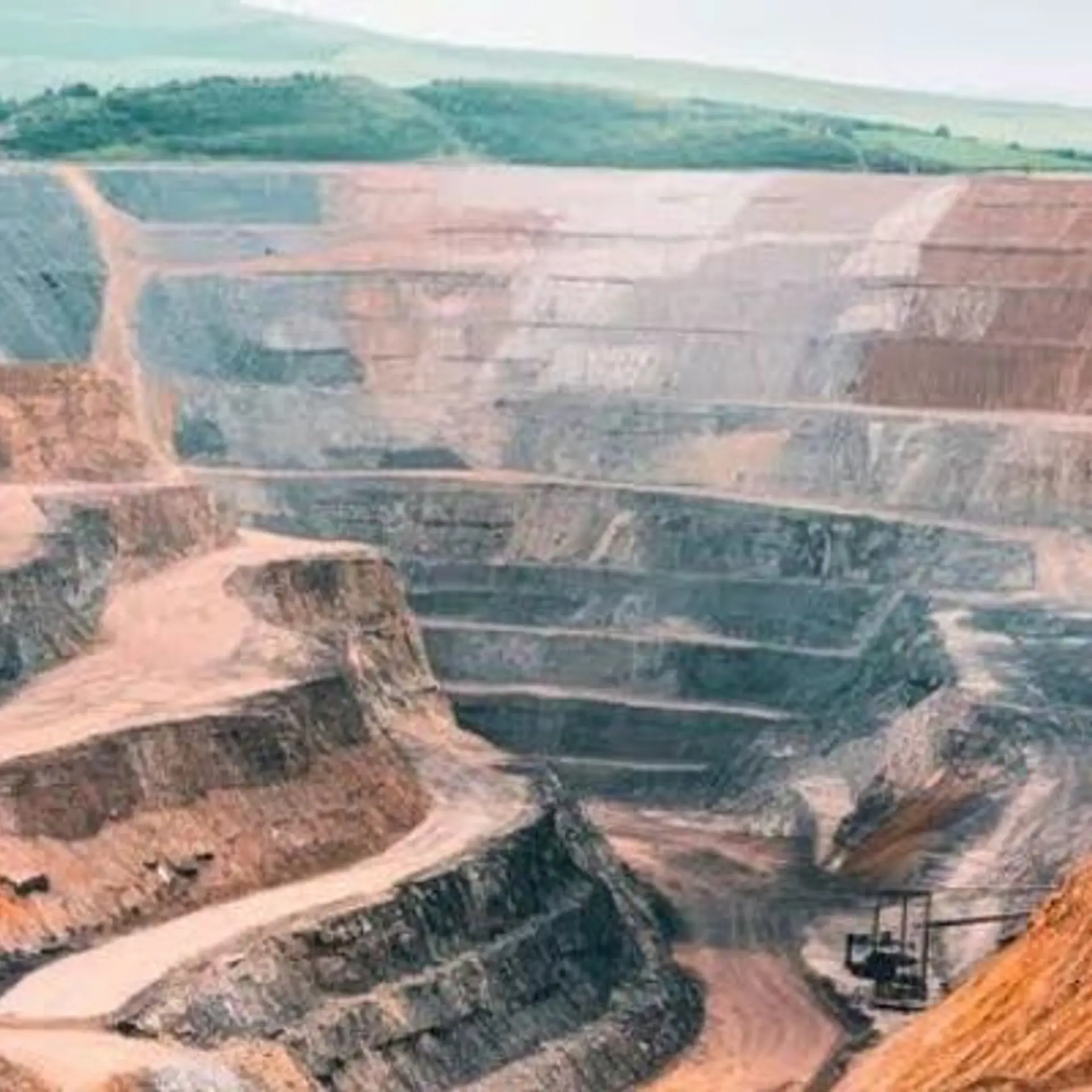How AI is driving data centre growth in India
As AI continues to scale, data centers will need to adapt quickly to handle the increasing complexity of AI workloads while balancing energy use and environmental impact.
During his recent visit to India for the AI flagship conference, CEO Jensen Huang heralded that India will have nearly 20 times more computing power in just one year driven by Artificial Intelligence (AI) push.
The US chip giant also joined forces with Mukesh Ambani-owned Reliance Industries (RIL) to build AI infrastructure in India.
AI is indeed transforming data infrastructure in India, driving a significant increase in the demand for computing power and storage. This surge has placed considerable strain on existing data centres, which are designed to manage, organise, and share digital information.
To meet the rising demand for data storage and processing, data centre operators in India are expanding their facilities. Hyperscalers or large-scale data centres that offer cloud computing and data storage services like AWS and Microsoft Azure are leading the charge, leveraging their extensive networks to support AI-driven applications and services.
India’s AI applications, spanning sectors like healthcare, fintech, and logistics, demand massive computing power. While India has over 1,300 AI companies, it hosts only 150 of the world’s 11,000 data centres. Despite this, India’s data centre industry is projected to generate $25 billion in revenue by 2030, says a report by Avendus, a financial service provider firm.
While several cloud infrastructure providers are accelerating their data centre capacity, India’s burgeoning AI landscape, combined with its relatively low number of data centres, presents enormous opportunities. Leveraging the capabilities of private cloud and data centre providers will be crucial in harnessing this potential.
Need for compute
To distribute computing power more effectively, several local micro data centres are coming up in smaller cities. These facilities enable AI applications like smart city solutions and real-time analytics, broadening AI accessibility across the country.
“Micro data centres present a promising solution with their modular, scalable, and energy-efficient designs, ideal for India’s Tier II and III cities. Their agility and compact footprint support sectors like manufacturing, healthcare, and retail, which are increasingly reliant on real-time data and IoT,” Sangeeta Gupta, Senior Vice President and Chief Strategy Officer, , tells YourStory.
For instance, , an AI cloud provider, has partnered with People+ai, an initiative by the EkStep Foundation, a non-profit organisation, to address India’s growing demand for cloud graphics processing units (GPUs) and compute power.
“To meet the increasing demand for high-density computing and specialised AI workloads, we have partnered with People+ai. This collaboration allows us to expand our infrastructure by utilising decentralised microdata centres across India, providing scalable computing solutions. We aim to make advanced AI resources available to startups, enterprises, and institutions, ensuring faster processing and reduced latency,” says Kesava Reddy, CRO, E2E Networks.
An NSE-listed company, E2E Networks specialises in advanced cloud GPUs, which can support high-performance AI workloads.
“Cutting-edge LLMs like Meta’s Llama model require high-performance cloud GPUs for effective training and domain-specific AI applications. The same applies to large-scale image generation and computer vision models. We provide an AI-first cloud infrastructure to support these advanced models, enabling enterprises, startups, and institutions to leverage them effectively,” says Reddy.
He notes that sectors like education, research, healthcare, media, IT, retail, and finance will benefit most from AI infrastructure supporting advanced models like LLMs.
“Our cloud GPUs enable these industries to run complex AI models and develop data-sovereign AI applications tailored for the Indian market,” he adds.
E2E Networks is also actively collaborating with the IndiaAI Mission to advance the country’s AI infrastructure goals by deploying over 1,500 GPUs, with plans to expand this further.
Currently, the global AI chip market is predominantly controlled by a select group of vendors such as NVIDIA and AMD (Advanced Micro Devices) to manage the escalating workloads in data centres.
With edge computing on the rise, US and Bengaluru-based is going beyond traditional data centres with its MLSoC Modalix platform, processing AI tasks on local devices near data sources (e.g., smart or IoT devices) and integrating text, images, audio, and video for complex AI models.
“SiMa.ai’s MLSoC Modalix is designed as a high-performance platform that supports developers working with complex AI models, including CNNs, Transformers, LLMs, and GenAI, while maintaining high efficiency. This is especially crucial for industries like autonomous vehicles, medical devices, and smart cities, where real-time, on-the-go intelligence is essential,” says Krishna Rangasayee, CEO and Founder, SiMa.ai.
In April, the chip company bagged $70 million in a funding round led by Maverick Capital to develop chips designed to speed up AI applications. It currently caters to clients across multiple industries.
Market opportunities
According to a report by Avendus, AI has the potential to add 500 megawatts (MW) of data centre capacity in India over the next four years.
India’s data centre demand is driven by the government’s data sovereignty push and growing adoption of cloud, IoT, ML, and Gen AI, says Prateek Jhawar, MD at Avendus Capital.
“This growth has caught the eye of developers, operators, investors, and other ecosystem players alike. The industry is maturing with the influx of long-term stable capital, and we expect the industry to further mature over the next couple of years,” says Jhawar.
“Local developers such as Sify, CtrlS, and Yotta are equally focussed on the remaining half, i.e. the enterprise clientele, which encompasses large banks, internet companies, MNCs, and government organisations, where the pricing is much more value accretive,” he adds.
Hyderabad-based data centre firm CtrlS is scaling its infrastructure for high-density computing and AI workloads, and is planning to invest $2 billion over the next five years in line with the IndiaAI Mission.

“Adding over 300 MW and 3 million sq. ft to the current installation base of over 27,000 racks across 2.5 million square feet of floor space in core digital hubs of India, we are well-positioned to support India’s growing digital economy. We have already secured over a gigawatt power and land needed to develop these AI data centres,” says Sridhar Pinnapureddy, Founder and CEO of CtrlS.
Jhawar also notes that global hyperscalers are targeting India for long-term data centre growth, securing land and increasing capacity. He says, with control over half the market, hyperscalers now hold strong negotiating power, pushing prices down.
“As digital adoption accelerates across industries, data centre infrastructure is evolving to meet rising demands for security, scalability, and efficiency. This growth is powered by AI, cloud complexities, data localisation, 5G, and India’s new Rs 10,000-crore AI mission, creating vital infrastructure for businesses, academia, and startups to test and run large language models,” says NASSCOM’s Gupta.
There is also a growing push for a sovereign cloud infrastructure to ensure compliance with laws and protect sensitive data within national borders. Jhawar observes that several sectoral regulators are driving data localisation through strict guidelines and mandates.
“This demands that the underlying infrastructure for data storage and computation has to reside within Indian borders. This would serve as a massive boost to the data centre market in India as more capacity has to be brought online to service this demand in India,” he says.
Energy concerns and sustainability
A Goldman Sachs report reveals that a single ChatGPT query uses ten times the energy of a Google search, pushing operators to upgrade infrastructure. AI tasks like natural language processing (NLP) and LLM training rely on high-power GPU servers (e.g., NVIDIA H-100), which boost performance, but increase energy and heat consumption.
E2E Networks operates similar to a hyperscaler by leasing rather than building data centres.
“We support our infrastructure by partnering with leased data centres and prioritise energy-efficient facilities whenever possible. This approach minimises our environmental impact and optimises energy usage, ensuring sustainable and efficient operations,” explains Reddy.
Jhawar also believes rising AI workloads also demand major upgrades in data centre power density, floor loading, and cooling technologies.
Unlike traditional setups [of data centres], which use several servers and chips generating more power and heat, SiMa.ai’s platform supports AI workloads on a single chip, thus minimising energy consumption.
“One of the primary advantages is the platform’s power efficiency. Running complex AI models on edge devices can consume large amounts of energy, increasing operational costs. Modalix addresses this by delivering over 10X performance per watt compared to alternatives, enabling high performance with lower energy consumption, which translates into cost savings for developers,” says Rangasayee.
He added that this would help firms building AI-based products such as smart cameras, which require deep learning and transformer models for vision processing.
The IEA’s Electricity 2024 report forecasts global data centres’ electricity use, which reached 460 TWh in 2022, could surpass 1,000 TWh by 2026—matching Japan's consumption.
“While hyperscale data centres are critical for meeting demand and driving innovation, especially with the increasing surge with AI development and model training, addressing challenges like reliable power, regulatory complexities, and infrastructural cost remains crucial. With a global power shortage constraining data centre expansion, innovative designs to handle rising power densities are essential,” Gupta explains.
CtrlS currently operates 15 data centres across eight key markets in India, with a total capacity exceeding 250 MW. The company plans to add 350 MW of data centre capacity by 2029.
“We are actively integrating renewable energy sources, to achieve carbon neutrality by 2040. We will be reaching an overall 80% green energy usage in our DCs in the next four months. This includes significant investments in solar energy projects and the implementation of advanced water recycling technologies,” says Pinnapureddy.
Furthermore, the firm is exploring advanced cooling technologies such as liquid cooling, which can enhance energy efficiency by up to 40%.
Edited by Megha Reddy










